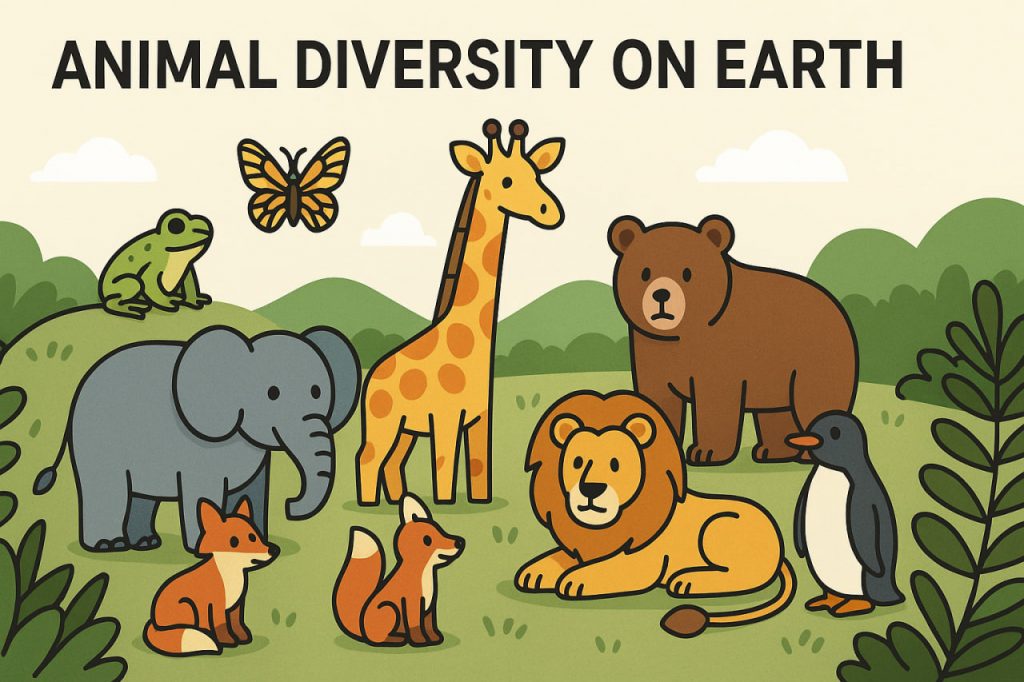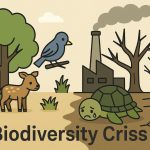Animal diversity refers to the variety of animal species that inhabit Earth, ranging from microscopic organisms to the largest mammals. Scientists estimate that there are more than 8.7 million species on the planet, with about 1.5 million formally described. This diversity is the result of millions of years of evolution, natural selection, and adaptation to different environments.
Major Groups of Animals
Animals are classified into different groups based on their structure and evolution. The largest group is invertebrates, which includes insects, mollusks, and crustaceans, making up about 95% of all known species. Vertebrates, such as fish, amphibians, reptiles, birds, and mammals, represent a smaller fraction but are often more familiar to humans. Each group has adapted unique features to survive in diverse habitats.
Adaptations to Habitats
Animal diversity is strongly linked to the variety of habitats on Earth. In oceans, species like whales, corals, and octopuses thrive, while deserts support camels, lizards, and specialized insects. Forests are home to countless birds, mammals, and insects, whereas polar regions sustain penguins, seals, and polar bears. These adaptations highlight the resilience of life in extreme conditions.
Importance of Biodiversity
The diversity of animals plays a crucial role in maintaining ecosystem balance. Pollinators like bees support plant reproduction, predators regulate prey populations, and decomposers recycle nutrients back into the soil. This interconnected web of life ensures the stability of ecosystems and directly supports human survival by providing food, medicine, and ecosystem services.
Threats to Animal Diversity
Despite its richness, animal diversity faces significant threats from human activity. Habitat destruction, pollution, overfishing, climate change, and illegal hunting reduce populations and drive species toward extinction. The current rate of species loss is estimated to be 100 to 1,000 times higher than the natural background rate, leading scientists to warn of a potential biodiversity crisis.
Conservation Efforts
Efforts to protect animal diversity include creating national parks, wildlife reserves, and marine protected areas. International agreements, such as the Convention on Biological Diversity, aim to preserve habitats and prevent illegal wildlife trade. On an individual level, sustainable consumption, reducing plastic use, and supporting conservation organizations can help safeguard animal species for future generations.
Conclusion
Animal diversity is one of Earth’s greatest treasures, representing millions of species adapted to every possible environment. It sustains ecosystems, supports human life, and enriches the planet with beauty and complexity. Protecting this diversity is not only a scientific duty but also a moral responsibility to ensure the survival of life in all its forms.
Glossary
- Animal diversity – the variety of animal species on Earth.
- Invertebrates – animals without backbones, such as insects and mollusks.
- Vertebrates – animals with backbones, including fish, birds, and mammals.
- Ecosystem balance – the stability of interactions among species and their environment.
- Biodiversity crisis – rapid decline in species caused by human activity.
- Conservation – actions to protect and preserve species and ecosystems.


